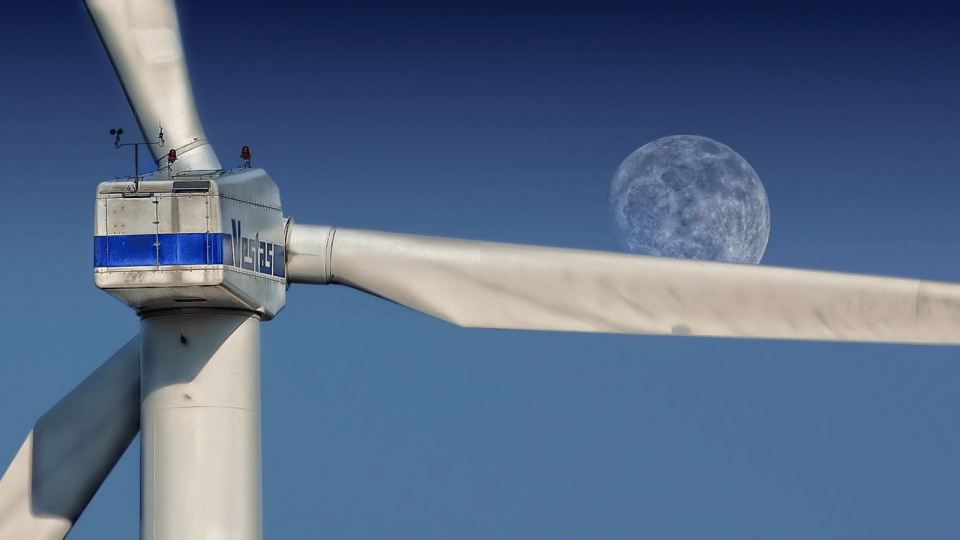The number of “mega-projects”, defined as greenfield investment projects with capital expenditure of at least $1 billion, has increased tremendously in the past few years. Economic development and investment promotion agencies around the world are vying for a piece of this action. While mega-projects promise huge investment and job numbers, are they really the right type of investment for every location? And once the hype has died down, will they deliver the expected economic benefits?
How many mega-projects are there?
Data from fDi Intelligence shows 159 mega projects were announced worldwide in 2022, more than ever before. Initial data suggests that activity in 2023 will be similar. Hardly a week goes by without the announcement of a new mega-investment somewhere in the world. While the US has been the biggest beneficiary, mega-projects are increasingly being announced in Europe, Asia and the Middle East.
The following are only some of the announcements made in the space of just a couple of weeks at the end of July and start of August this year:
- TSMC announced plans to establish a 10 billion Euro, 2000 job semiconductor manufacturing plant in Germany;
- Tata Group stated intentions to invest $5.1 billion in a new battery “gigafactory” in the United Kingdom;
- First Solar revealed plans to invest $1.1 billion in its fifth solar panel manufacturing plant in the US;
- Analog Devices said it will invest $1 billion to expand its US semiconductor production capacity;
- Infineon published plans to invest €5 billion in expanding its semiconductor fab in Malaysia;
- Ford and Korean battery maker SK announced plans to invest C$1.2 billion to establish a new battery cathode factory in Canada;
- Chinese company Xinyi Glass committed to investing $11.5 billion to build a quartz sand processing plant in Indonesia.
While large capital-intensive projects have always existed, both the pace and size of the announcements are unprecedented. The examples above also show the sectors that are generating the most mega-projects, which include semiconductors, renewable energy equipment, and the electric vehicle supply chain.
What is driving the growth in mega-projects?
A combination of three related factors is causing the growth in the number of mega-projects.
- In a return to 1960s-style industrial policy, governments around the world are spending massive amounts to bolster selected industries. While China has long practiced this model of economic growth, the US is leading the way with a combination of programs like the CHIPS Act, the Infrastructure Investment and Jobs Act and the Inflation Reduction Act. Europe has responded with the European Green Deal and this year’s European Chips Act. Other countries like Saudi Arabia or India have introduced their own sector-specific funding programs. This money is making it easier for companies to commit to large capital expenditures. TSMC, for example, will reportedly be receiving up to €6 billion from the German government for its new plant in Dresden.
- This increase in government spending also reflects geopolitical developments, as countries seek to achieve greater independence in sectors that are considered strategic. In addition to contributing financially, governments are making it clear to companies in these sectors that they would like to see investments being made at home, rather than in countries that are perceived as competitors. While this has not stopped investments across regions (for example, Chinese battery plants in Europe or European automotive investments in China), it has influenced corporate location decisions in favor of countries viewed as friendly or neutral.
- Technological and societal shifts are also transforming industries, and propelling demand for renewable energy equipment, electric vehicles and AI chips. This anticipated demand provides the business case for establishing the massive manufacturing capacities associated with mega-projects.
How are IPAs and EDOs responding?
Given the high visibility of mega projects, the political pressure on agencies to secure one of these trophies is immense. Which head of state, governor or mayor would not like to announce the next billion-dollar semiconductor or battery factory in their location? As result, smaller projects are receiving less attention. As most site selectors can attest, it is increasingly difficult to get the support of IPAs and EDOs for projects that would have been considered attractive just a few years ago. In today’s economic development scene, mega-projects are the stars that have stolen the spotlight from everyone else.
Do mega-projects live up to expectations?
Mega-projects can be hugely transformative for locations, bringing with them not just jobs and capital but the potential for entire industrial supply chains as well as ancillary research and technology development. Especially for economically disadvantaged or remote locations, attracting a mega-project often represents a unique opportunity for economic prosperity. Despite this allure, IPAs and EDOs looking to land a once-in-lifetime project should proceed with some caution.
For every successful mega-project, there is a “white elephant” that never made it. In the early 2000s, Intel’s partly built chip plant in Brandenburg, Germany, sat idle for years before being sold to a solar panel manufacturer. The crash of the first solar boom a decade ago left behind dozens of empty factories in Europe and North America. Industries move in cycles and current mega-project announcements are based on projections of massive and sustained demand. Not all companies and technologies will turn out to be feasible and new technologies may replace those that are currently being touted as the next big thing (hydrogen, anyone?).
For many communities that do manage to attract a mega-project, this creates a risky dependency on not just one sector but a single employer. If that project fails, the impact on the community will be devastating. Locations with a more diversified base of (smaller) employers and investors are usually better positioned to weather economic downturns.
For EDOs and IPAs with limited resources, the effort required to land an elusive mega-project can tie up resources, leaving no time and capacity for focusing on other opportunities. For those locations that succeed in attracting a mega-project, the complexity of implementation means that the agency and large parts of the local administration will be working on the project for years to come, dealing with everything from permitting to infrastructure planning.
Securing a mega-project can also create massive pressure on the location. Workforce in the thousands will need to recruited, often nationally or even internationally. Ford and SK’s planned $5.6 billion Blue Oval City campus will need to attract more than 5000 workers to rural Tennessee. These workers and their families will require housing, schooling, and other resources. Large manufacturing projects in Europe are already recruiting workers from outside of the EU and housing them in dormitories. Some Chinese battery makers have had to bring in hundreds of temporary workers from China to ensure their new facilities in Europe can start operating. Tesla’s planned expansion of its gigafactory outside of Berlin is looking unlikely due to the impact on the local water supply.
The appeal of a mega-project can be difficult to resist. Before embarking on attracting one of these projects, EDOs and IPAs should ask themselves whether their agency, local government and community is ready and whether the impact will really be entirely beneficial. In some cases, the answer might be that bigger is not always better.





